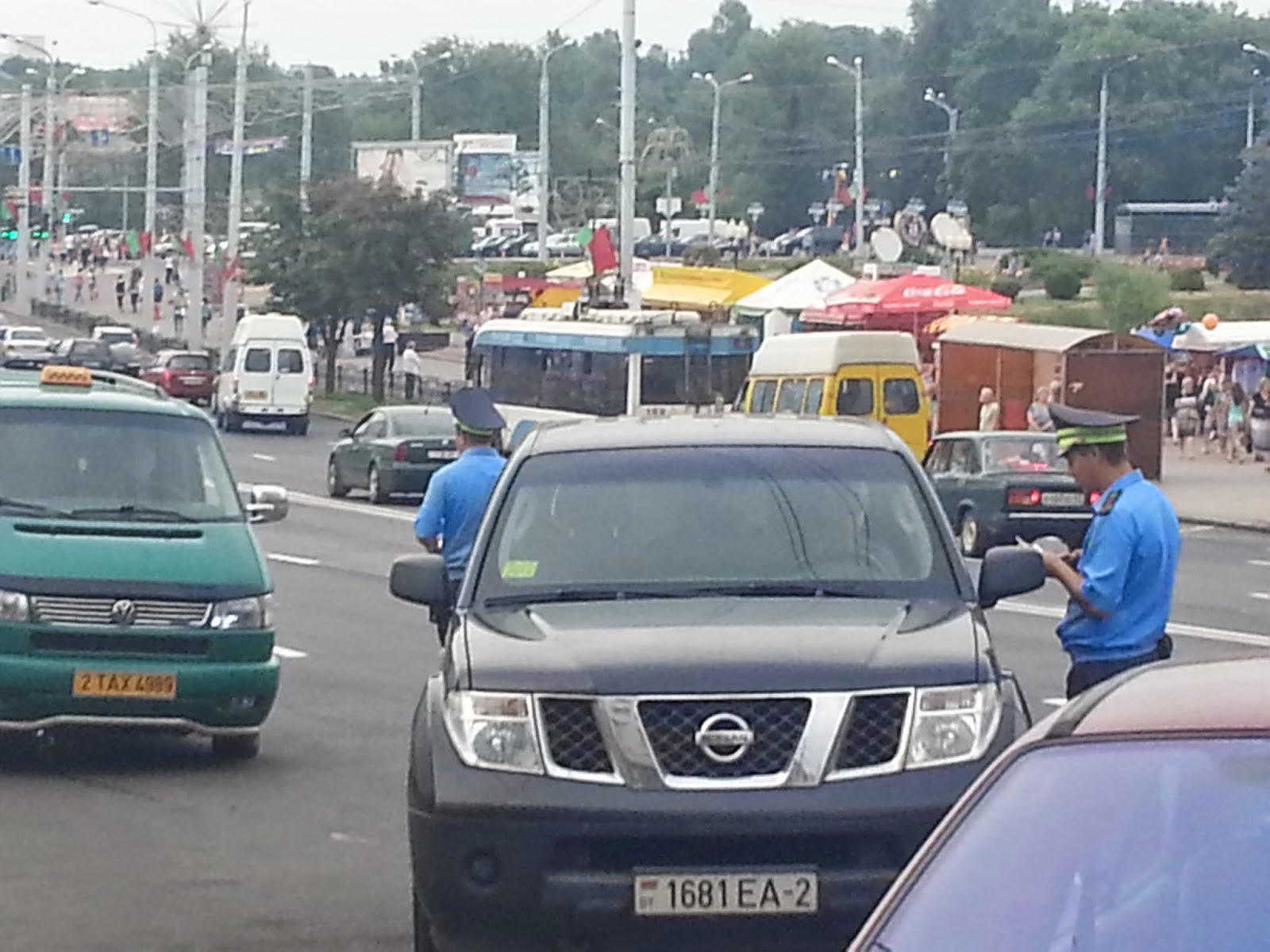Acabo de terminar de este libro del economista Alberto Recarte, he de decir tan solo que es un libro claro, fácil de leer. El autor se ha esmerado en usar un lenguaje fácilmente accesible al publico que carece de formación económica, lo cual es de agradecer a la hora de leerlo, púes de lo contrario nos perderíamos en complejos términos económicos, inaccesibles para los profanos en la materia.
El libro analiza la situación y evolución económica mundial desde la explosión de la crisis alrededor de 2007, así como sus ramificaciones a nivel global, con un paréntesis para el análisis de la economía española, pues tal como expone el autor en el libro...¿como es posible haber pasado del mundo feliz de la globalización a la actual recesíon mundial.?
La respuesta es múltiple, y va desde el mal funcionamiento de los Bancos Centrales, -en especial de la Reserva Federal Norteamericana-, la cual permitió el crecimiento de burbujas inmobiliarias y de créditos en medio mundo y, por otro la práctica de políticas proteccionistas que han resultado en excesos de capacidad de los sectores exportadores de otro medio mundo, como China y otros países asiáticos.
La economia española ha participado plenamente en todo este proceso, con un agravante, hemos financiado nuestros desmanes de consumo e inversión con ahorro exterior, hasta el punto que España es en la actualidad uno de los paises más endeudados del mundo. Un proceso del que no se ha sido consciente debido al poder anestesiánte del euro, pero que hoy lo sufrimos todos en forma de escasez de liquidez, cierre de empresas y desempleo, así como una incesante caida de la renta per-capita.
I have just ended of this book of the economist Alberto Recarte, have to say only that it is a clear book, easy to read. The author has been polished in using an easily accessible language to the public who lacks economic formation, which is of being grateful at the time of reading it, púes otherwise we would get lost in complex economic, inaccessible terms for the laymen in the matter.
The book analyzes the situation and world economic evolution from the explosion of the crisis about 2007, as well as its ramifications on a global scale, with parentheses for the analysis of the Spanish economy, so as the author exhibits in the book...: since it is possible to have gone on from the happy world of the globalization to the current world recession.?
The answer is multiple, and it goes from the bad functioning of the Central banks, - especially of the North American Federal Reserve - which allowed the growth of real estate bubbles and of credits in half a world and, for other the practice of protective politics that have resulted in repletions of the exporting sectors of another half world, like China and other Asian countries.
The Spanish economy has taken part entirely in all this process, with an aggravating circumstance, we have financed our outrages of consumption and investment with exterior saving, up to the point that Spain is at present one of the most indebted countries of the world. A process of which one has not realized due to the power anestesiánte the euro, but which today we all suffer in the shape of scarcity of liquidity, lockout and unemployment, as well as an incessant fall of the revenue per-capita.






























.jpg)































































































